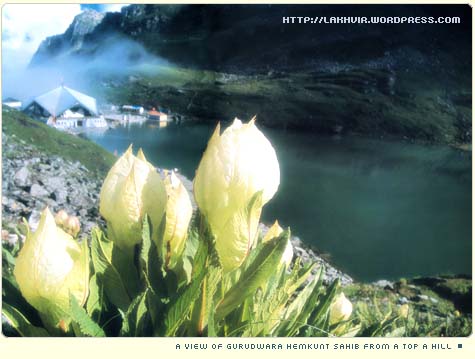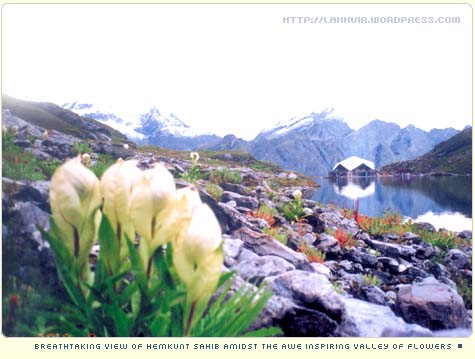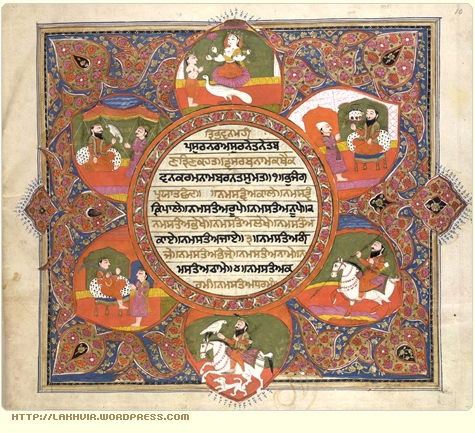
When you go home tell them of us, and say, for your tomorrow, we gave our today.
The image of the Sikh is so powerfully distinct, that no matter where they have gone, they have portrayed what Guru Nanak intended to make them – saints and soldiers. Where you see a Sikh in meditation, the same saintly soul is blessed with the ability to fight in the thick of the battlefields. No other peoples have such an indenity which depicts the very quality of their founder Gurus and their GurSikhs.
In the following essay, the intention is to highlight a heritage that will forever live in the Sikh spirit – soldiers of the highest discipline and courage who are ready to lay down their lives in the name of the Guru’s message of upholding righteousness. Guru Arjan Dev Ji began the endless legacy of the ultimate sacrifice which only the Sikhs are known to give in the highest numbers, for any government or power under which they serve in complete loyalty. In the images, you can see the Guru in these fearless soldiers. They carry the roop of the Guru and fight unto death to preserve the honour of the Guru’s identity. Those that have broken off from this identity for feeble excuses of the mind cannot compare to what these great Sikhs have given to preserve the gift of the Guru even in the midst of life and death. It’s a heritage Sikhs will ever own, for that is their Gurus’ blessing to them . . .
By Vicky Singh
Sikhs primarily come from the Punjab, a province of Northern India. Sikhs are one of the most visible minorities. With his beard and turban, a Sikh can be identified in any crowd. Still they are perhaps the least understood as a people. Not many people know about the beliefs, practices and ethics of the Sikhs, and still fewer will understand their significance. Right from the ancient period of the Indus Valley civilization (3000 BC), the Punjab has played a significant role in the history of India. Its geographic location makes it the gateway of India from the northwest. All through the ages, the fertility of its plains became the cause of its wealth as also the reason for many invasions. Hardened with the extremes of climate that exist in the region, it soon became the birthplace of a war-like people. The Sikh religion originated in India in the fifteenth century.
Guru Nanak, the founder of the religion, preached oneness of God and brotherhood of man. At that time Hinduism and Islam were the predominant religions in India; and relations between the two communities were not good. Guru Nanak preached dignity of man and tolerance for the viewpoint of others: “The World is burning, O Lord, Save it, O Save it, by whichever door it pleases thee.”
Guru Nanak was followed by nine successor Gurus, followed by the Holy Scriptures, Guru Granth Sahib which was ordained as the Guru of the Sikhs. In Sikh thought, the Word (contained in the Granth Sahib) is the Guru. During the eighteenth century, Sikhs suffered great persecution at the hands of the local rulers, but by the end of the eighteenth century they had established their rule in northwest India.
By the middle of the nineteenth century, the kingdom collapsed, and it was incorporated into British India. After some time the relations between the Sikhs and the British improved, and they joined the army in great numbers. The valor of Sikh soldiers during the two world wars was internationally recognized. Most people associate the Sikhs with the army and sometimes with violence. This is a very inaccurate picture and misleading.
As the allied nations stepped closer to the second global conflict, this time with the Imperial Japanese and the Germans, Sikh soldiers once again stepped forward and became the back bone of the British Indian Army. Despite the rising voice of independence from the British, in India during WWII, Sikhs still made the majority of the forces that India gave to the war effort. India entered the war when the then viceroy of India, Lord Linlithgow, without consulting Indian leaders, declared war against Germany on behalf of India. There was widespread violence in many cities all across India as British quelled demonstrations that would finally lead to end the British rule in India.
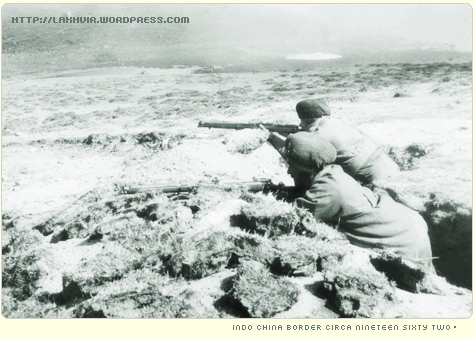
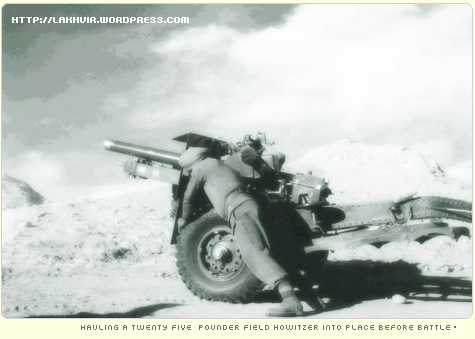
However, states like the Punjab from where the concentration of recruits into the British army came, looked curiously at the events. With only voluntary recruitment into the army, young Sikh men helped to swell the Indian army from 189,000 at the start of the war to over 2.5 million at the end of the war. Those Indians, who secretly supported the Germans, were shocked on 7 December 1941 to know that the Imperial Japanese Air Force had launched an attack on the American Navy at Pearl Harbor. Read the rest of this entry »

